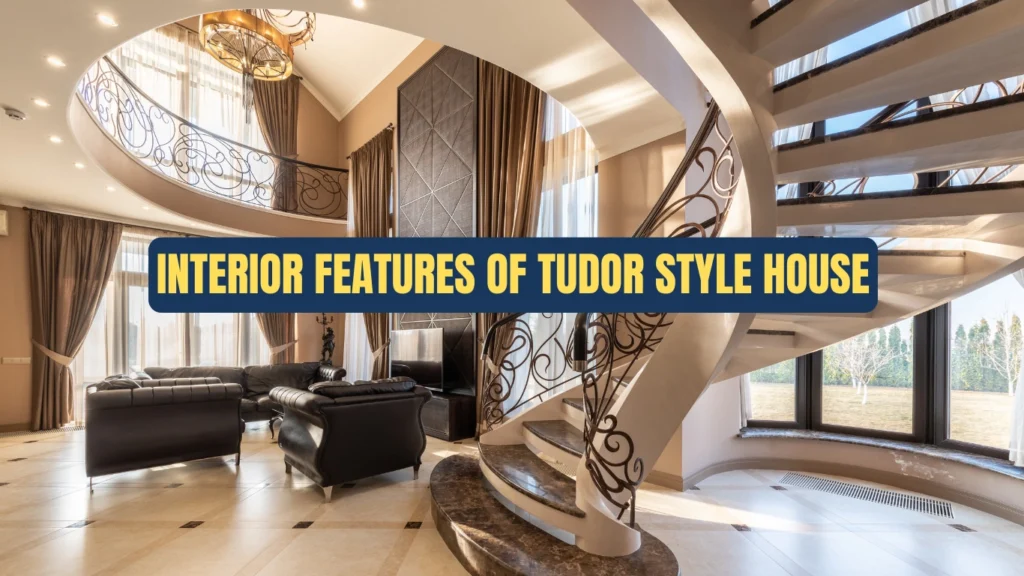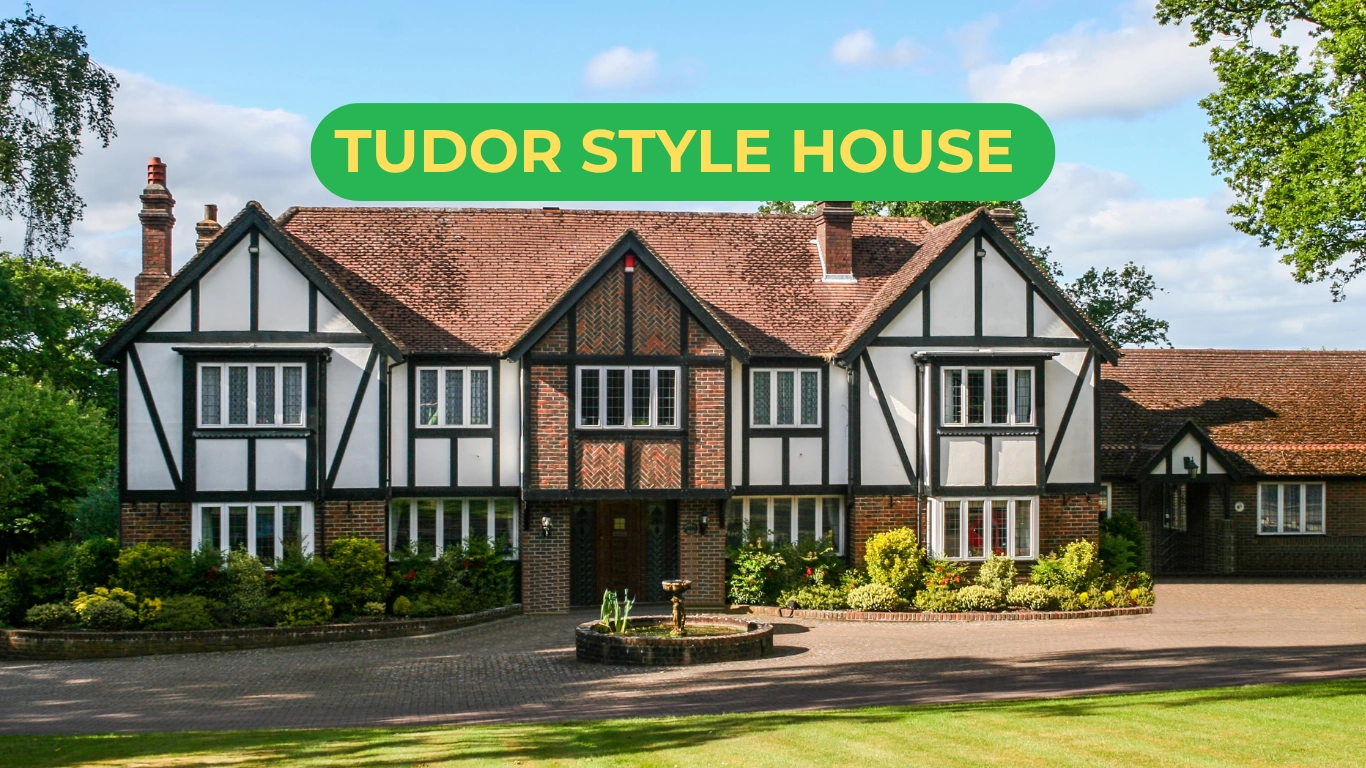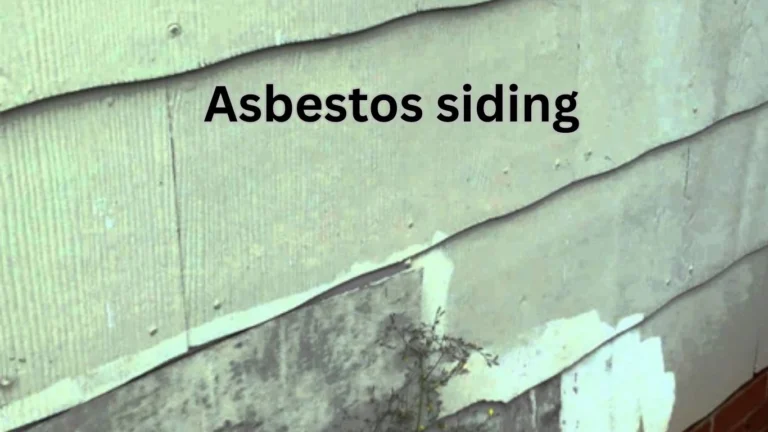Tudor Style House: Discover thTimeless Charm and Architectural Beauty
A Tudor-style house is a distinctive and timeless architectural style that blends medieval and early Renaissance influences. Known for its steeply pitched gable roofs, decorative half-timbering, and tall leaded glass windows, this style originated in England during the Tudor period (1485–1603). Its charming, old-world aesthetic became highly popular in the United States during the Tudor Revival movement in the early 20th century. The unique combination of natural materials like brick, stone, and timber, along with intricate detailing, gives Tudor-style houses a storybook charm that continues to captivate homeowners and architects alike.
History of Tudor Style Houses
The Tudor-style house traces its origins to the Tudor dynasty in England, which lasted from 1485 to 1603. This architectural style emerged as a transition from medieval timber-framed houses to more refined and decorative designs influenced by Renaissance architecture. Early Tudor houses were built to withstand the harsh English climate, with thick stone walls, steeply pitched roofs, and small leaded glass windows designed to retain heat and provide protection from rain and wind.
During the reign of Henry VIII, Tudor architecture became more elaborate. Decorative half-timbering, where wooden frames were filled with plaster or brick, became a defining feature of the style. The introduction of large brick chimneys with decorative patterns and chimney pots reflected the growing importance of fireplaces for heating and cooking. The Tudor period also saw the rise of oriel windows and tall, narrow windows with leaded glass panes, adding character and functionality to the design.
Architectural Features of Tudor Style House
A Tudor-style house stands out due to its distinct architectural elements. The steeply pitched roof is one of the most recognizable features, often featuring overlapping gables and dormers. This complex roofline creates a dramatic and eye-catching silhouette, adding to the home’s medieval character. Tudor-style houses’ exterior walls are typically made of brick, stone, and stucco. The decorative half-timbering, where dark wooden beams create patterns on white or light-colored stucco, is a signature feature of the style.
Windows in Tudor homes are tall and narrow, with leaded glass panes arranged in diamond or rectangular patterns. Stained glass is also sometimes used, adding color and charm to the home’s facade. The windows are often grouped together, creating a sense of symmetry and balance.
Key Design Elements of Tudor Style Homes
A Tudor-style house is defined by its steeply pitched roofs, decorative half-timbering, and use of natural materials like brick and stone. The architectural details, including tall leaded glass windows and large brick chimneys, reflect medieval and early Renaissance influences. These elements create a distinctive, timeless look that gives Tudor Homes their storybook charm.
| Feature | Description |
|---|---|
| Roof Style | Steeply pitched, often with overlapping gables and dormers |
| Exterior Materials | Combination of brick, stone, stucco, and decorative half-timbering |
| Windows | Tall, narrow leaded glass panes in diamond or rectangular patterns |
| Front Door | Heavy wooden door with iron hardware, set in a rounded or pointed arch |
| Chimneys | Large brick chimneys with decorative patterns and chimney pots |
The combination of these features gives Tudor-style houses a timeless charm that reflects both medieval and early Renaissance influences. The attention to detail and use of natural materials create a home that feels both historic and inviting.
Interior Features of Tudor Style House

The interior of a tudor style house reflects the same level of craftsmanship and attention to detail as the exterior. Dark wooden beams, often left exposed on the ceiling, are a defining feature of Tudor interiors. The contrast between the dark wood and the lighter plaster walls creates a warm and inviting atmosphere. Fireplaces are a central element in tudor style house. Made of brick or stone, they are often large and feature decorative carvings and mantels. The hearth serves as a focal point in the room and reflects the medieval influence of the style. Multiple fireplaces are standard in Tudor homes, contributing to the cozy and intimate feel.
Rooms in a tudor style house are usually irregular in shape, reflecting the asymmetry of the exterior. Unlike the structured floor plans of Colonial or Georgian homes, Tudor homes have rooms that flow into each other in a less predictable pattern. This creates a cozy and informal atmosphere, ideal for family living.
Why Tudor Style Houses Remain Popular
The tudor style house remains popular among homeowners who appreciate its historical charm and unique architectural details. Its storybook appearance, natural materials, and high-quality craftsmanship give it a timeless appeal. Homeowners are drawn to the sense of history and tradition that Tudor homes represent. The combination of brick, stone, and timber creates a sense of permanence and solidity. Unlike modern minimalist designs, Tudor homes reflect a level of detail and artistry that is rare in contemporary construction.
The romantic and historic feel of a Tudor-style house makes it a popular choice for restoration projects. Homeowners often invest in preserving the original features of these homes, including the half-timbering, leaded glass windows, and brickwork. Modern upgrades, such as improved insulation and energy-efficient windows, make these homes more comfortable while maintaining their historic charm.
Challenges of Owning a Tudor Style House
While the charm of a tudor style house is undeniable, it comes with some challenges. The complex construction and use of specialized materials can make repairs and maintenance expensive. Finding replacement materials that match the original design can be complex, especially for older homes. The steeply pitched roofs and large chimneys can lead to maintenance issues, particularly in areas with heavy rainfall or snowfall. Proper drainage and regular roof maintenance are essential to preserving the structural integrity of a Tudor home.
Insulation can also be a challenge in tudor style house. The original timber framing and leaded glass windows provide less insulation than modern materials, leading to higher heating and cooling costs. However, modern upgrades like double-glazed windows and improved insulation can help address these issues without compromising the home’s historic character.
Conclusion
A Tudor-style house is more than just a home. It’s a reflection of history, craftsmanship, and architectural beauty. Its steeply pitched roofs, decorative half-timbering, and leaded glass windows create a storybook charm that few other styles can match. The Tudor Revival movement brought this historic style to the United States, where it became a symbol of wealth and elegance. Despite the challenges of maintaining a Tudor-style house, its charm and character make it a worthwhile investment. The blend of medieval and Renaissance influences gives Tudor homes a unique and timeless appeal. For those who appreciate history and craftsmanship, a Tudor-style house offers the perfect combination of old-world charm and modern comfort.







